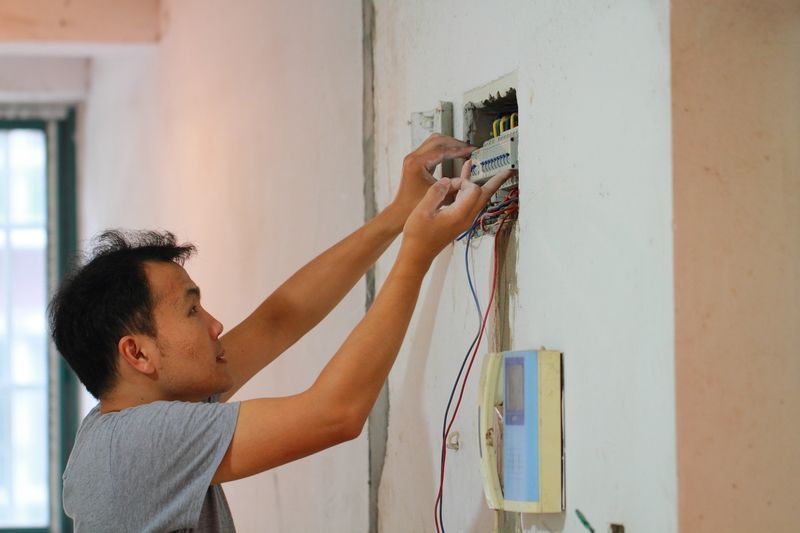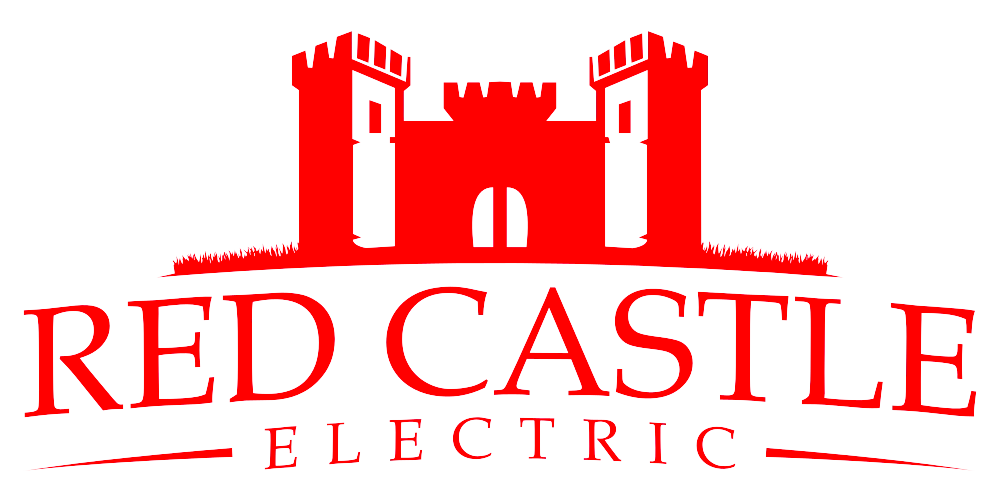Brightening Your Home: The Complete Guide to Smart Lighting
The modern homeowner's quest for convenience, efficiency, and control over their living environment has led to the rise of smart home technology, with smart lighting being one of the most accessible and transformative elements available. This form of lighting goes beyond mere illumination; it intertwines with the daily rhythms of life, offering a suite of features that enhance the comfort, security, and aesthetics of any residence. Through seamless integration with other smart home systems and the ability to adapt to personal preferences, smart lighting stands at the forefront of creating a responsive and dynamic home environment.
Understanding Smart Lighting
Smart lighting encompasses a variety of technologies that allow users to control lights remotely via smartphone apps, voice commands, or automation systems. These lighting solutions range from smart bulbs that fit into existing fixtures to comprehensive lighting systems integrated into a home’s electrical infrastructure. At the core of smart lighting is the ability to connect to the internet, either directly or through a central hub, which enables a wealth of programmable options and interactions with other smart devices.
The Benefits of Smart Home Lighting
Energy Savings
One of the most impactful advantages of smart lighting is its ability to conserve energy. Many smart lighting systems use LEDs, which are already significantly more efficient than traditional incandescent bulbs. Beyond the choice of bulbs, smart lighting can reduce energy consumption through features like dimming, occupancy sensors that turn lights off when a room is vacant, and scheduling that ensures lights are only on when needed.
Enhanced Home Security
Security is enhanced through the capability of smart lighting to simulate occupancy, deterring potential intruders by making a home appear inhabited even when it's not. Lights can be programmed to switch on and off in patterns that mimic the typical usage of a home's occupants. Motion-activated smart lighting can also alert homeowners to unexpected activity on their property, providing an additional layer of security.
Elevated Comfort and Ambiance
The flexibility to adjust color temperature and brightness means smart lighting can create the perfect ambiance for any occasion—from a warm, relaxing glow for a quiet evening to vibrant colors for a festive gathering. Users can create custom scenes and transitions to reflect their mood or the activity taking place in each room.
Remote Control and Voice Activation
The convenience of controlling lighting from a distance is a game-changer for homeowners. Whether from the comfort of the couch or miles away on vacation, individuals can manage their home's lighting with just a few taps on a smartphone. Voice-controlled systems like Amazon Alexa, Google Assistant, or Apple HomeKit allow for hands-free operation, making it easier than ever to adjust home lighting.
How Smart Lighting Transforms a Home
Smart lighting systems play a pivotal role in the evolution of the modern home. By integrating with other smart home devices, such as thermostats, security systems, and entertainment systems, lighting can respond in real time to different scenarios. For example, lights can turn off automatically when the security system is armed, or they can gradually brighten as the morning alarm goes off, simulating sunrise for a natural wake-up experience.
Choosing the Right Smart Lighting for Your Home
Deciding on the appropriate smart lighting system involves considering the unique needs of each space and its occupants. Factors such as ease of installation, compatibility with existing fixtures, and the desired level of control should influence the selection process. For instance, homeowners might start with a simple smart bulb in a single lamp or undertake a larger project by installing smart light switches throughout their home.
Professional Installation Services
To fully harness the capabilities of smart lighting and ensure optimal performance, professional installation is recommended, particularly for comprehensive systems that involve electrical work. Skilled technicians can provide advice on the best setup for each residence, install the necessary components safely, and integrate the lighting system with other smart home technologies.
Experienced installers can also help troubleshoot any connectivity issues that might arise and offer support for the configuration of the system, ensuring that homeowners can make the most of their smart lighting's potential.
Maintaining Your Smart Lighting System
Keeping a smart lighting system in peak condition might involve regular updates to the system's firmware, monitoring the health of connected devices, and staying informed about new features or integrations that could enhance the system’s functionality. Many smart lighting systems are designed to be user-friendly, with easy-to-navigate apps and customer support available for any questions that arise.
The Future of Smart Lighting
As technology progresses, smart lighting is expected to become even more intuitive and integrated into our daily lives. Innovations like light fidelity (Li-Fi) could turn lighting systems into high-speed data transmission sources, expanding the potential of smart homes. Further integration with artificial intelligence may lead to lighting systems that can predict and adapt to homeowner preferences without any manual input.
Smart lighting is fundamentally altering how we interact with our home environments. Its ability to provide personalized comfort, heightened security, and enhanced energy efficiency makes it a brilliant addition to any home. Through smart lighting, homeowners gain an unprecedented level of control and customization, with professional installation services ensuring that the transformation is both seamless and effective. As we step into the future, smart lighting remains a beacon of innovation in the ever-evolving smart home landscape, brightening our lives with each technological advance.
Ready to illuminate your home with the transformative power of smart lighting? Red Castle Electric is here to guide you through every step, from selection to installation, ensuring a seamless integration into your smart home ecosystem. Contact us to get started on your journey to a smarter, brighter home.
Related Posts



Need Help?
CALL US: (801) 850-8005
CONTACT INFO
(801) 850-8005
OFFICE HOURS
- Mon - Fri
- -
- Sat - Sun
- Closed
© 2024 Red Castle Electric . All Rights Reserved.

